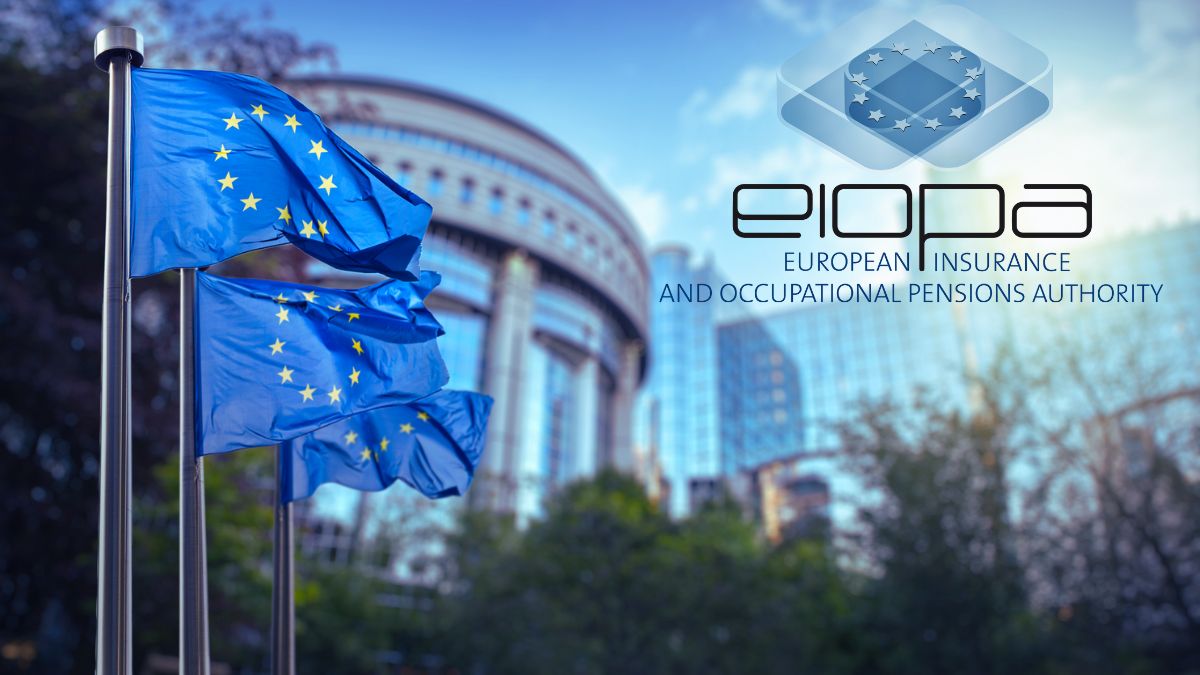 CaryptosHeadlines Media Has Launched Its Native Token CHT.
Airdrop Is Live For Everyone, Claim Instant 5000 CHT Tokens Worth Of $50 USDT.
Join the Airdrop at the official website,
CryptosHeadlinesToken.com
CaryptosHeadlines Media Has Launched Its Native Token CHT.
Airdrop Is Live For Everyone, Claim Instant 5000 CHT Tokens Worth Of $50 USDT.
Join the Airdrop at the official website,
CryptosHeadlinesToken.com
The European Union’s insurance authority has suggested that all insurance companies should maintain capital equal to their crypto holdings to protect policyholders from potential risks.
The European Insurance and Occupational Pensions Authority (EIOPA) proposed this stricter rule in a technical advice report submitted to the European Commission on March 27. It would impose far tougher requirements than those for stocks and real estate, which only require partial backing. This change aims to strengthen capital requirements for insurers.
Tighter Crypto Rules May Hit Insurance Firms Hard
In a separate statement, EIOPA said, “EIOPA considers a 100% haircut in the standard formula used to calculate capital requirements to be prudent and appropriate for these assets given their inherent risks and high volatility.”
While the Capital Requirements Regulation and the Markets in Crypto-Assets Regulation (MiCA) are two different sets of rules, EIOPA said that its proposal would bridge the gap between them. As an example, they said that the current insurance rules in the European Union don’t have any specific rules on crypto assets.

To Address These Concerns, EIOPA Outlined Four Options
EIOPA presented the European Commission with four options. The options included doing nothing, giving crypto assets a “stress level” of 80%, and the third option suggests giving crypto assets a stress level of 100%.
These stress level percentages decide how much capital companies need to maintain their solvency. The fourth option suggests that the European Commission should consider the risks of tokenized assets more broadly. EIOPA also said that the third option might be the most appropriate.
The EIOPA said, “An 80% stress to the value of crypto-asset exposures does not appear to be sufficiently prudent.” Instead, they stated that 100% stress is more appropriate and aligns with one of the approaches to the transitional treatment of crypto-assets under CRR.
EIOPA Highlights Potential Crypto Price Declines
EIOPA also explained that the 100% stress is the idea that the prices of crypto assets could decline by 100% and that diversification wouldn’t mitigate this stress. The prices of Bitcoin and Ether have dropped 82% and 91%, respectively, in the past.
According to the Commission Delegated Regulation 2015/35, the capital charge for crypto assets would reflect 100%. This method is a much stricter approach than the capital charge for stocks, which is between 39% and 49%, and the capital charge for real estate, which is 25%.
EIOPA stated that the 100% capital charge for crypto asset-related (re)insurance undertakings should not be “overly burdensome.” It should not result in any significant costs for policyholders.
EIOPA believes that the capital requirements would fully capture the risk of crypto-assets, which would protect policyholders in case there are material exposures in the future.
According to EIOPA, crypto-asset (re)insurance companies account for only 655 million euros, which is just 0.0068% of the total in Europe. EIOPA called this “immaterial,” meaning it doesn’t have much impact right now. However, crypto assets are high-risk investments. The entire value can be lost, which is why they recommended the third option.
Luxembourg and Sweden Likely to Face Biggest Impact From New Rule
According to a report cited by EIOPA, insurers in Luxembourg and Sweden are most likely to be affected. The report found that 69% and 21% of all crypto asset-related exposures among (re)insurance undertakings were in those two countries, respectively. There were also 3.4% of undertakings from Ireland, 1.4% from Denmark, and 1.2% from Liechtenstein.

EIOPA said that most of these projects are set up inside funds, like exchange-traded funds, and are held for unit-linked policyholders. EIOPA did say, though, that if crypto assets see broader adoption in the future, they might need a more “differentiated approach to capital requirements.”












